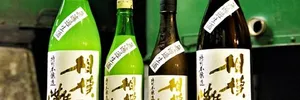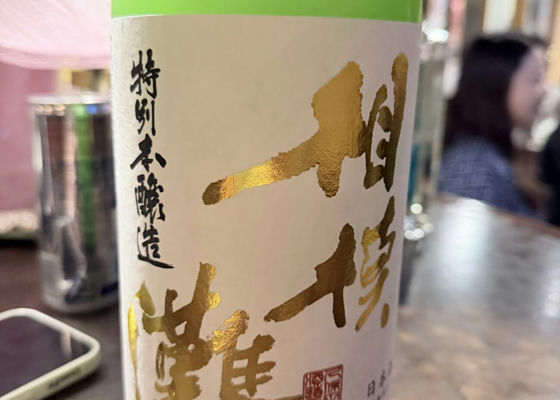
SakenowaRecord your sake experiences and discover your favorites
相模灘Sagaminada
Flavor Chart®
A chart created from flavor analysis of user comments.

Flavor Tags ®
Tags generated from flavor analysis of user comments.
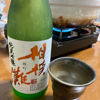

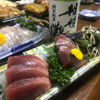
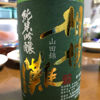

Popular Comments
Sagaminada...and my favorite Omachi...a perfect balance of sweetness and bitterness...a perfect balance of sweetness and bitterness! It's delicious on its own, but Sagaminada is a perfect food sake 🍶 for maximum performance! Today, I'm having a nabe (hot pot) 🫕♪ with "salted swordfish" from Minami-Boso as a side dish: .... I'm having a little bit of it...
Japanese>English
Fruity aroma of Omachi...sweet aroma...mouthfeel...ummmm Omachi's sweet rice flavor...nothing to say! Delicious... Sagaminada! It's great on its own... but it goes great with fish... and I'm having it with grilled barracuda... and sipping on it...
Japanese>English
It goes well with fish and seafood... I'm having it with bonito sashimi, bonito tataki, boiled skin, and today, sashimi of mehikari that I got during my expedition to Iwaki, Fukushima... I'm having it with small bites...!
Aroma: Slightly smells like seme, yes, Sagaminada...strong bitterness, sweet bitterness! Then it's sharp!
Japanese>English
Brands from Kubota Shuzo
Sagaminada
Similar Brands
We analyze the flavors based on everyone's comments and select similar brands.
DainaSimilar Characteristics
IzumibashiSimilar Characteristics
Location
702 Negoya, Midori-ku, Sagamihara, KanagawaOpen in Google Maps
Timeline


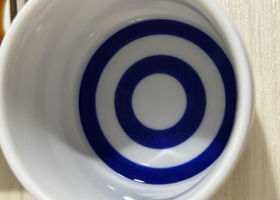
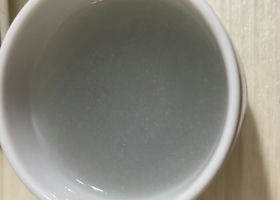
taka
It will be the annual new Sagaminada sake!
We look forward to this time every year 🙌
This year we went to Mr. Ohbuchi to get some.
Let's see... oh... oh... it won't open 😂.
Prying open the rather tight crown...
First, the top clearings...
Oh, it's so tangy and delicious!
Mazemaze it... 😵Bombing deliciousness‼️
Nada is the best this year ☝️ or ‼️
It's so good 😋!
Will definitely repeat👍💯!
Japanese>English
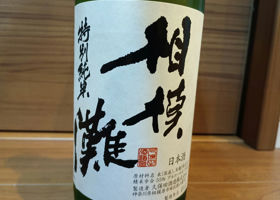
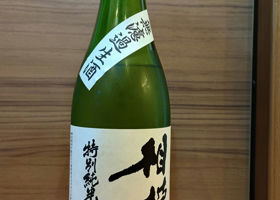
じんちゃん☆
We had it on the day it was released! new brew of sake
Japanese>English
Sagaminada特別本醸造 活性にごり
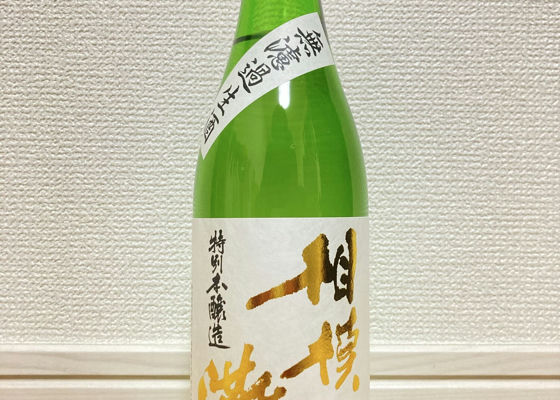
みつた24
Sweetness with a sense of rice
The sharpness and dryness of Honjozo
Creaminess of nigori
Umaiyai 😋.
Japanese>English
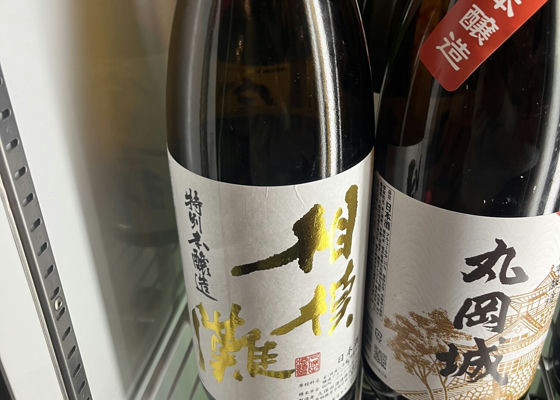
sakechi
This is the first time I've had sake from Kanagawa Prefecture, and it's too good to be true!
Some people call sake water, but this was really water. I love how refreshing it is!
Japanese>English
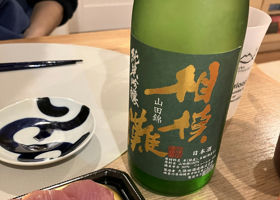
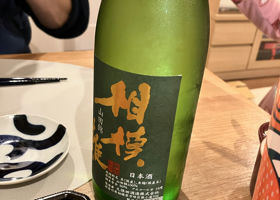
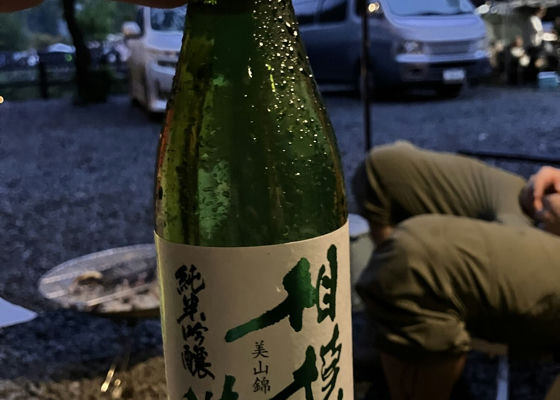
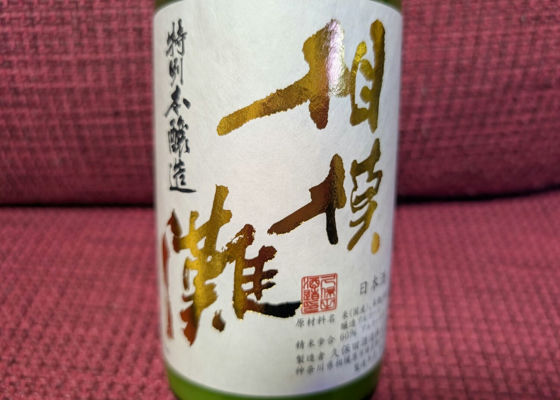
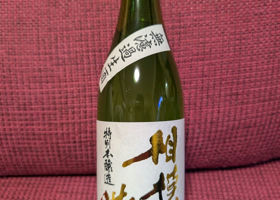
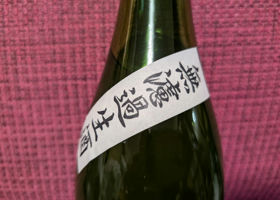
sakimiyajima
It was delicious with a strong rice flavor!
Japanese>English
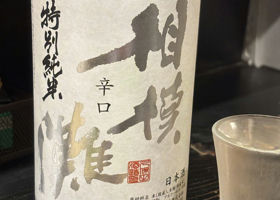
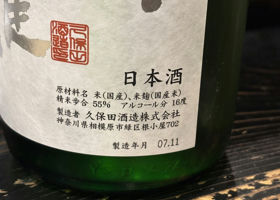



yas
Nihonshu Shika
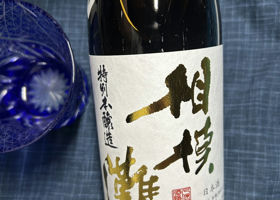
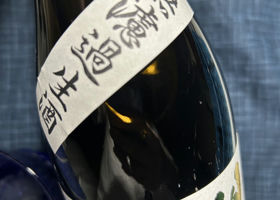
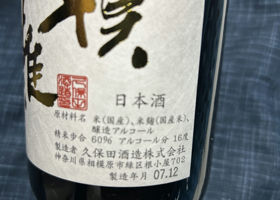
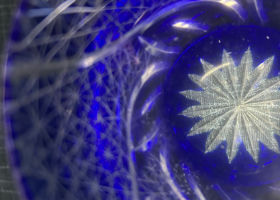
アツ0053
I have been curious about this drink 🍶 lately.
Rice】100% Miyamanishiki produced in Nagano
Polishing ratio: 60
Sake yeast No. 9 [Sake meter] +3
Acidity] 1.4
This special honjozo is made by polishing up to 60% Miyamanishiki produced in Nagano. It is one of the few honjozo type sake from Sagaminada, but it is brewed completely by hand in the same way as daiginjo-type sake. It has excellent cost performance, so it is ideal for those who want to enjoy the rice flavor and clarity typical of Sagaminada. Nama-shu is available only during the winter season.
1,440 yen including tax
This is outstanding!
It is good as usual.
Japanese>English
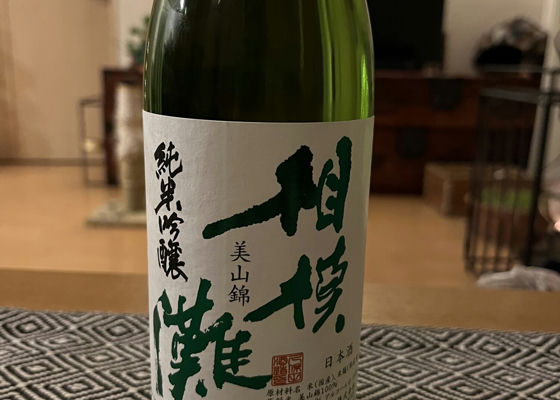
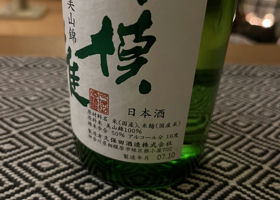
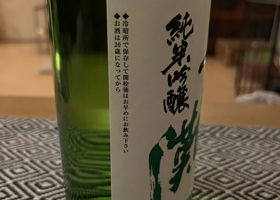
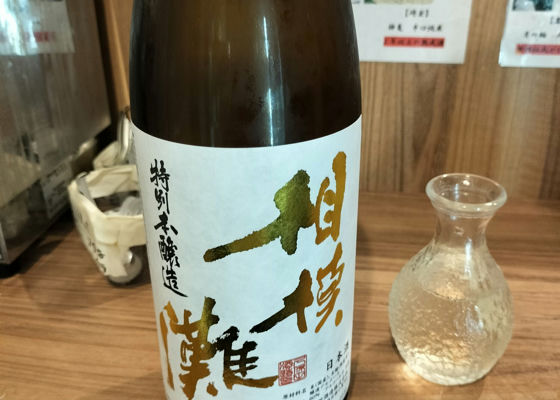
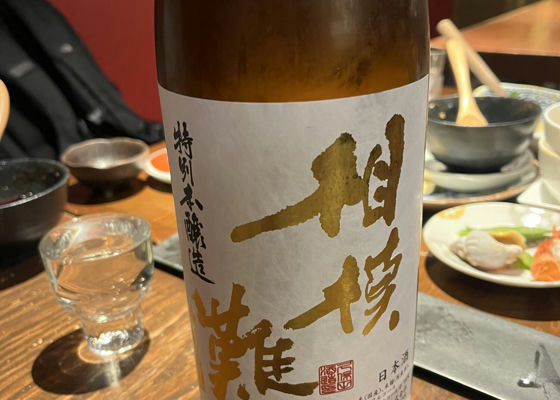
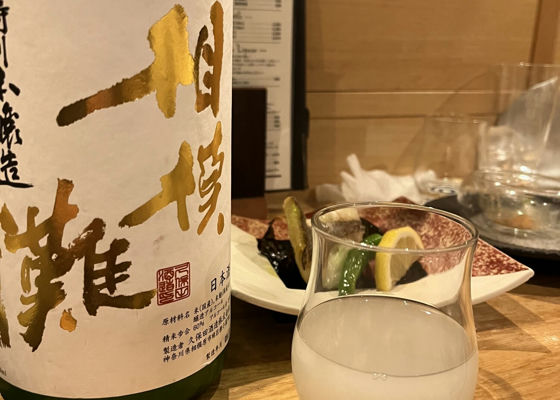
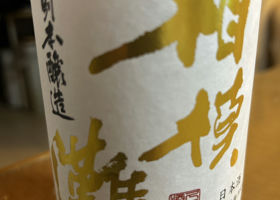
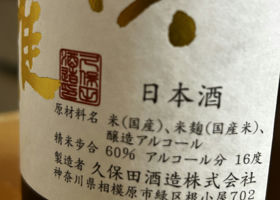
こたなる
Kanagawa Sake Brewery Tour (3) This one was a refreshing drink.
Japanese>English
Sagaminada純米吟醸 山田錦
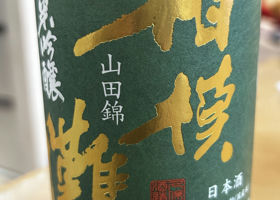
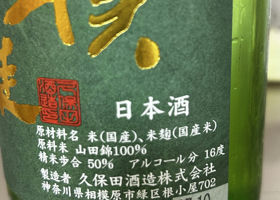
こたなる
Kanagawa Sake Brewery Tour (3) We purchased two kinds of Sagaminada. This one has a subtle sweetness of rice.
Japanese>English
Sagaminada純米吟醸 美山錦

九時十分
No muck, good taste.
Japanese>English
